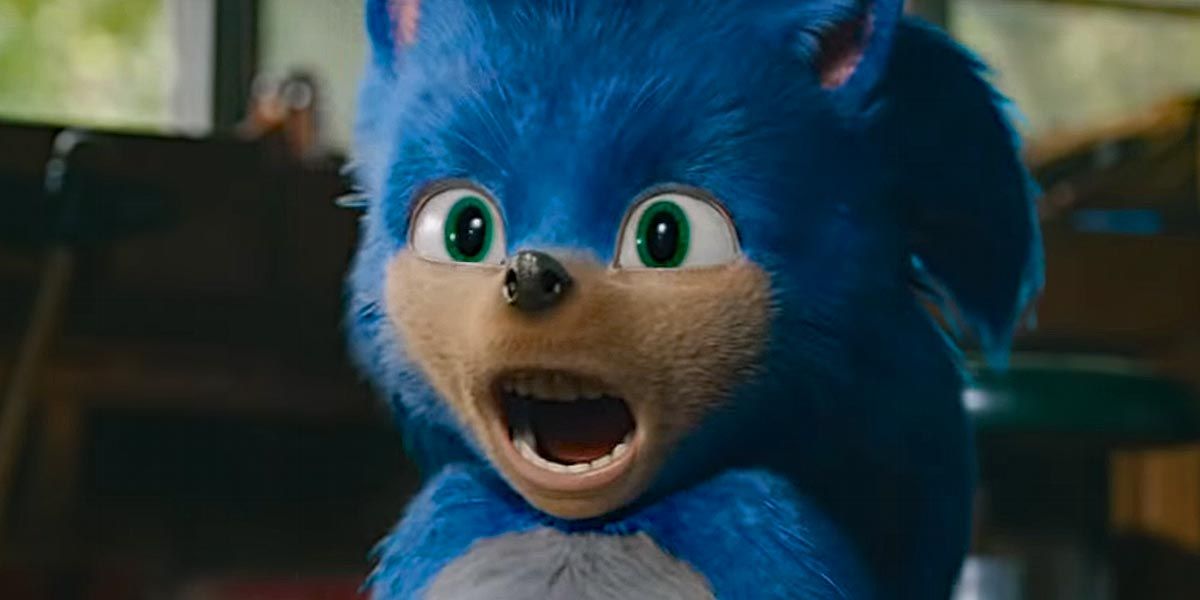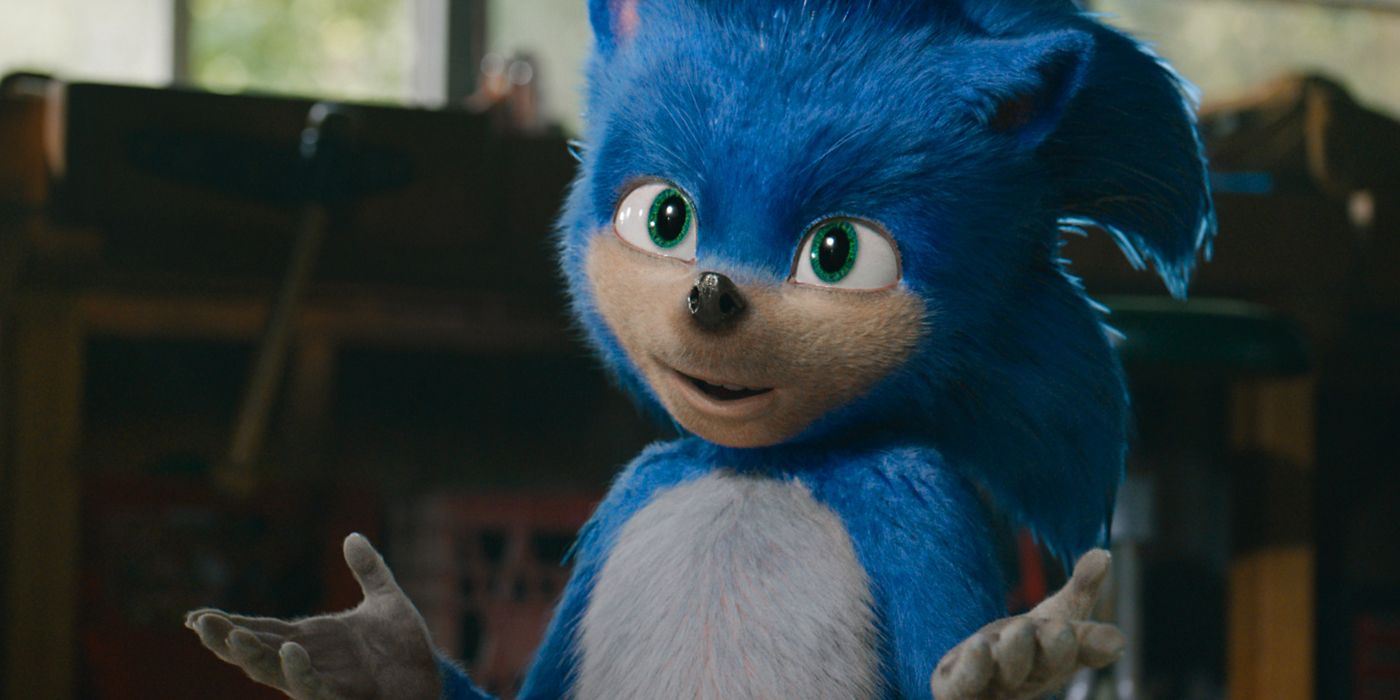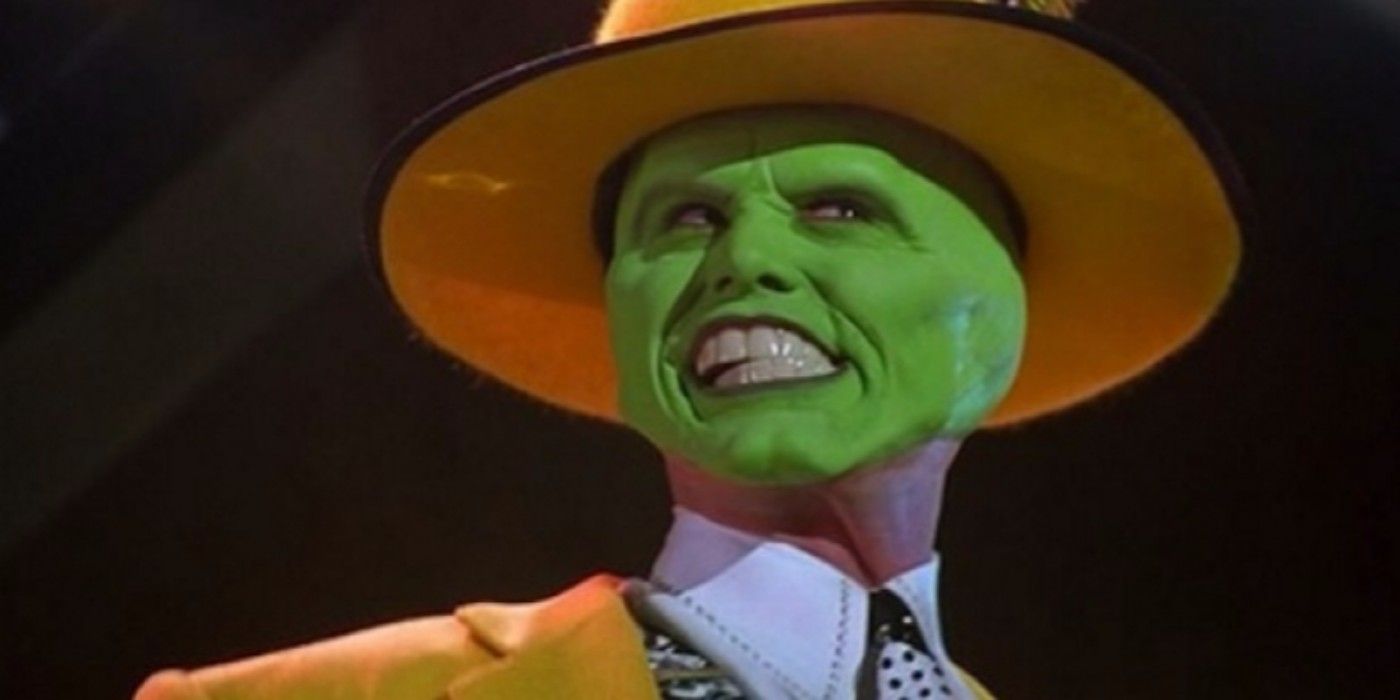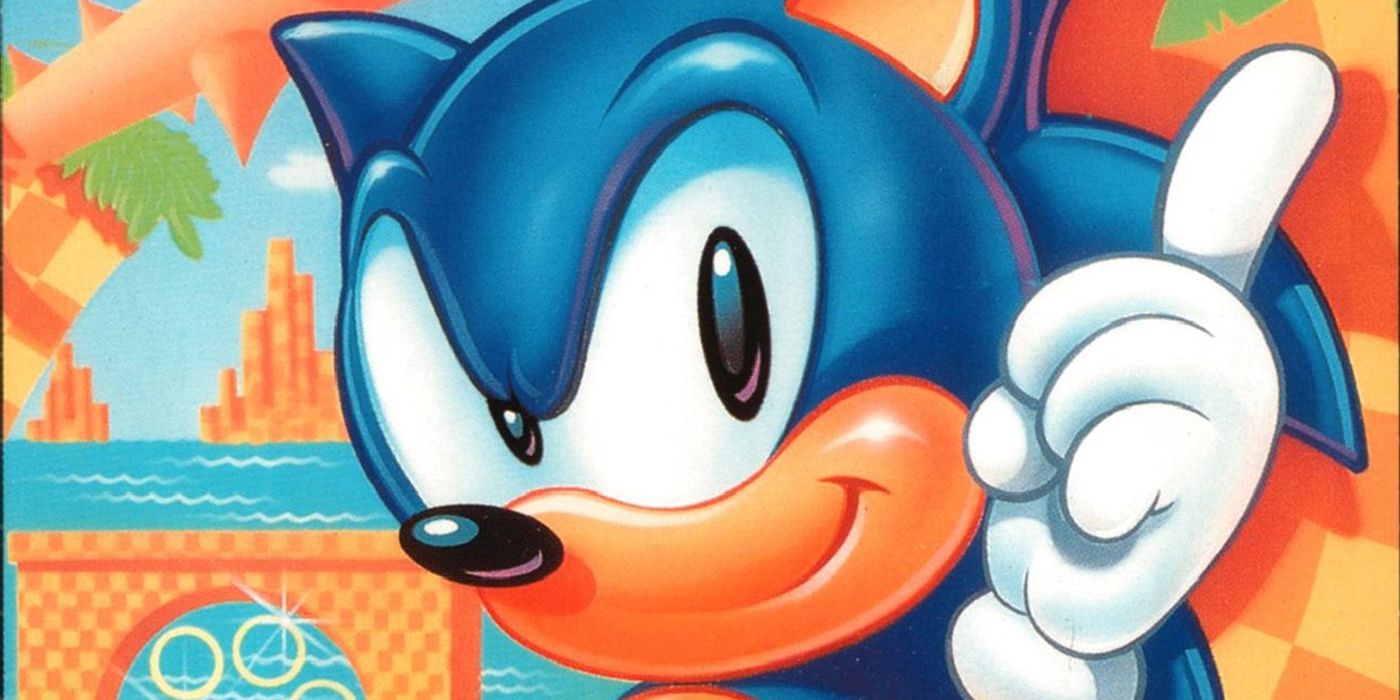The influence of fans might be annoying for creators but it can be empowering for the fanbase. Jim Carrey's recent comments at the Television Critics Association about the influence of fans on the creative process miss the mark. The criticism to the trailer for the Sonic the Hedgehog film that went viral were justifiable, pointing out that the toothy smile of the CGI Sonic was a deal-breaker.
"I don't quite know how I feel about the audience being in on the creation of it while it's happening," Carrey said. "So, we'll have to see what that entails, because sometimes you find that the collective consciousness decides it wants something, and then when it get [sic] it, it goes, 'Okay. I just wanted it. I didn't care about it. It just jumped on whatever bandwagon' or whatever."
Carrey uses the term "collective consciousness" to describe fans' ability to persuade creatives. This is even more complex when they are in the midst of the creative process. It's an ironic phrase to use, though. Collective consciousness usually signals shared beliefs or ideas and, obviously, creatives and fans didn't share the same idea about what Sonic should look like on film.
RELATED: Sonic The Hedgehog Producer Promises ‘Fans Will Be Pleased’ With Redesign
A smart redesign should take greater cues from the games. So far, it seems as if the Sonic cartoons have had more influence on the VFX of the movie. But Carrey is probably right in some ways too. Maybe this is a collective Frankenstein's monster in the making. Ultimately, there is no easy pathway to appeasing fans when adapting beloved characters with a deep legacy across multiple media platforms.
SOME RULES FOR ADAPTATION
Let's review some of the basic rules of adaptation. The source material rules everything that follows it. Moreover, a good adaptation understands the source material. The best adaptations understand what the original means to fans. An adapted version might eventually supplant the original but its ability to do so often relies on how well it interprets its source.
Sega's Sonic the Hedgehog is one of the most enduring and beloved characters in the entire stable of Sega's intellectual properties. First introduced on the Sega Genesis platform in 1991, Sonic has become a brand/industry all his own. Today, Sonic has hundreds of millions of impressions earned across games, toys, comics, and animated series.
Original fans of the Sega Genesis were gaming in the early 1990s. That's almost thirty years ago. But Sonic has aged well and continues to reinvent himself. He plays in a world of animation, comics, and games that now caters to the children of Sega gamers circa 1991. This means that how a film adapts the Sonic character must satisfy vastly different audiences. Age is just a number here.
What appeals to 90s-era gamers might not appeal to the viewers of the animated series and vice versa. Most of the engaged audience for Sonic probably didn't experience Sonic's adventures during the Sega Genesis' original run -- and that's okay. It all just underscores how hard it is to satisfy everybody when you're adapting a beloved character.
BACK TO THE MASK
Adaptations are tough: Rarely do the creators of an adaptation satisfy all sectors of a specific fanbase and Sonic is no different. Everybody hated Sonic's human teeth in the trailer but many fans also have deeper anxiety about the overuse of CGI and VFX in general. This is even truer when the main character is computer-generated. It's understandable why some of this confounds Jim Carrey. But Carrey might refer to an earlier adaptation in his acting career for a better sense of what's at stake, and maybe he will appreciate why the look of a beloved character really matters.
The Mask wasn't a perfect adaptation from the original comic. But it used just enough special effects to capture the spirit of the comic, and Carrey's performance helped to bring it all home for the comic book audience. This kind of achievement will be much tougher for Sonic as it's aimed at a bigger audience. Plus, Sonic the Hedgehog has many more versions of its titular character across almost every media platform. Surely Jim Carrey can appreciate fans who want creatives to get it right.
FOR SONIC, NOSTALGIA MATTERS
As scary as all of this might seem to creative folks, the redesign decision is a strange form of justice for the world of fandom. For the fans, a character isn’t so much a piece of property -- they're an old friend. Fans invest in characters over the long haul. And yet, fans also understand that in the current environment, everything is about the dollar. No one is making a Sonic the Hedgehog movie to appease the gamers who made Sonic famous.
But that doesn't erase the deep feelings of nostalgia, and here is where Carrey misses the point. The shared experiences of the fans should matter to anyone who chooses to adapt a legacy character. Legacies are built over time. In this case, the legacy of Sonic is built over hundreds of thousands of gaming hours. That time matters, collectively. It's the reason why Carrey was paid whatever he was paid to play Dr. Robotnik/Dr. Eggman in the film. It is the reason why there is a Sonic the Hedgehog film at all.




